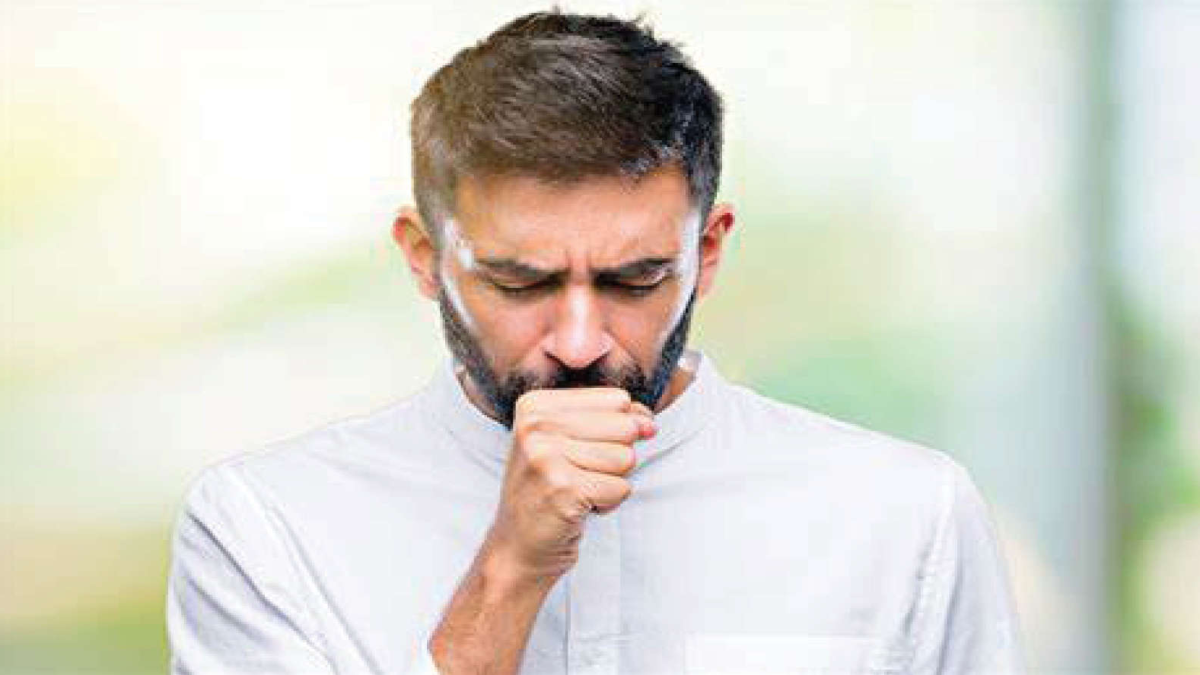


One of the most common chronic diseases of the respiratory system, asthma affects more than 300 million people across the world with around one-tenth of them in India. Every year, World Asthma Day is celebrated on the first Tuesday of May. This year, it is being observed on 4 May. This day is observed to raise awareness about chronic respiratory disease and to break the stigma around it.
While the prevalence of asthma is higher in developed countries, the burden of asthma-related deaths is much higher in developing countries like India. In fact, according to a report published by the World Health Organization (WHO), over 80% of asthma deaths take place in developing countries.
While environmental allergens like dust, pollen, insects, and domesticated animals are the leading triggers of asthma, outdoor air pollution has also emerged as a problematic trigger. Researchers from the French Institute of Health and Medical Research found that high traffic intensity and ozone exposure has increased the risk factors in individuals living with asthma. With rising environmental pollution, the incidence of respiratory disease is increasing in India, particularly among children. It is important therefore to introduce a holistic approach towards the management of this condition through the use of naturopathy and yoga. Evidence suggests that a naturopathic approach can offer long-term health benefits to people with asthma by reducing the intensity of the disease, improving symptoms, and lung function while significantly reducing drug requirement.
BRONCHIAL ASTHMA AND ITS TRIGGERS
Bronchial asthma is a condition that causes inflammation in the airways of the lungs. This results in narrowing of the air pathways and excess mucus cause wheezing, cough, and difficulty in breathing. The disease is chronic and interferes seriously with daily life. If not treated properly, this chronic inflammatory disease is not just debilitating but can even turn fatal. Our environment has all the asthma triggers. Even dust accumulated in curtains and pollens in the environment is enough to trigger an attack in addition to the harmful emissions from motor vehicles. Modern medicine relies heavily on the use of steroid inhalation and anti-inflammatory drugs to manage the condition. These drugs work by reducing inflammation and mucus production in the airways, thereby improving symptoms and controlling the condition. However, the high cost of drugs and their potential side effects remain a cause of concern. A naturopathy based treatment, on the other hand, uses a drugless approach that is much safer and sustainable.
THE NATUROPATHY AND YOGA APPROACH IN TREATING ASTHMA
Naturopathy is holistic rather than a compartmental way of treating and managing a condition. While modern medicine works in a reactive approach to manage symptoms when they arise, naturopathy works to eliminate the cause and reduce the severity of the disease. The alternative system of medicine believes that all diseases are caused due to an accumulation of toxins, morbid matter in the body, and negative vibrations in the mind. The therapeutic plan in naturopathy is executed in three phases – the eliminative phase, which focuses on cleansing the body of accumulated toxins, the soothing phase, which focuses on rejuvenating the body and supplying the necessary nourishment, and the constructive phase, in which the body’s metabolic activity is regulated.
To establish the efficacy of naturopathy, a significant study was conducted at Jindal Naturecure Institute, Bengaluru between the year 2003-2006. A total number of 60 patients between 25 years to 70 years of age was treated for bronchial asthma for 21 days as part of their research programme. Their treatment procedure was divided into three therapy sections – Nature cure therapy, Diet therapy, and Yoga therapy.
Nature Cure therapy consisted of a chest pack applied from 30 minutes to an hour once or twice a day depending upon the clinical condition of the patient. This was accompanied by a combination of hot foot and arm bath, partial massage therapy to upper back and chest, fomentation, asthma bath, oxygen bath, steam and sauna bath, enema, steam inhalation, and drainage therapy.
Under the Diet therapy, patients were prescribed nutritionally calcium-rich, non-mucus, and non-acid generating food items along with herbs such as tulsi, pudina tea etc, and lots of water. All foods which are traditionally known to increase the production of mucus were avoided. Also, the foods which are allergic in individual cases were identified and avoided. The general observation of asthma patients also revealed that animal milk is one of the triggering factors and must be replaced with soya milk.
Yogic kriya, Yogasana, Pranayama, and Yoga Nidra spanning into a three-week programme with a gradual gradation in the severity of the practices was the third pillar of the treatment approach.
The study combined with a year follow up of patients had shown highly promising results. The naturopathy approach helped these patients to improve their lung function and symptoms while reducing the requirement of drugs in most patients. When Jindal Naturecure Institute began this study with 60 patients, there were only five cases that required no medication at the time of admission.
However, during the discharge, the cases of no medication increased from 5 to 48, after a gap of 21 days only. Further, the treatment proved to have long-lasting effects on the majority of patients. Nearly two-thirds of the patients did not have to use any other medication as observed at different intervals during one year.
THE TAKEAWAYS
With the high burden of asthma affecting our country, we will do well to use some of our traditional knowledge in dealing with this menace. Modern medicine has so far failed to find a cure for chronic diseases such as asthma. Their treatment protocols focus mostly on relieving symptoms without doing anything to address the root cause of the disease. Naturopathy, on the other hand, incorporates a holistic and individualistic approach for treating different diseases and uproots the disease from its core. This implies treating the individual rather than the disease.
The writer is Deputy Chief Medical Officer, Jindal Naturecure Institute.